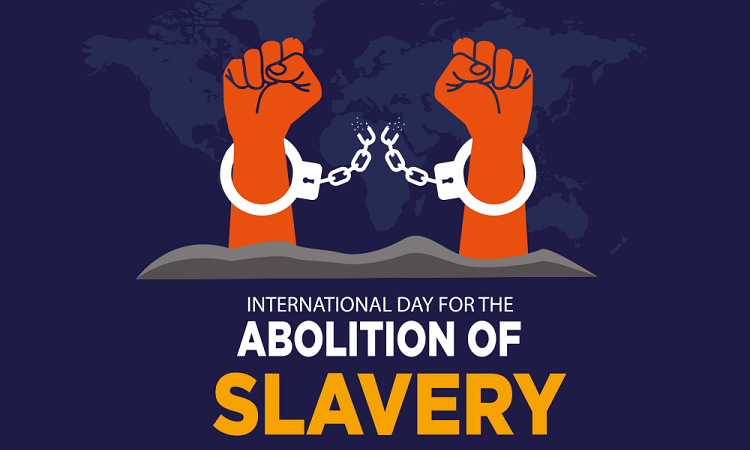
On December 2nd every year, the world observes the International Day for the Abolition of Slavery, a solemn reminder of the historic and ongoing struggle against one of humanity's most dehumanizing practices. This day serves as a platform to raise awareness about the prevalence of modern slavery and to commemorate the efforts made by individuals, organizations, and nations to eradicate this abhorrent crime against humanity.
The abolition of slavery has been a long and arduous journey throughout history. Slavery, in various forms, has existed for centuries, exploiting countless individuals, stripping them of their dignity, freedom, and basic human rights. While the transatlantic slave trade may seem like a distant chapter in history, the reality is that slavery continues to persist in different forms, evolving to adapt to the modern world.
In contemporary society, slavery takes on various forms, including forced labor, human trafficking, debt bondage, and exploitation. Millions of men, women, and children are trapped in these exploitative systems, toiling in industries such as agriculture, manufacturing, construction, and domestic work, among others. They endure harsh working conditions, physical and psychological abuse, and are often coerced or deceived into these situations with promises of better lives.
The International Day for the Abolition of Slavery provides an opportunity to shed light on the complex and multifaceted nature of modern slavery. It emphasizes the importance of concerted efforts at local, national, and international levels to combat this heinous crime. Governments, civil society organizations, and individuals worldwide are called upon to take action, raise awareness, and advocate for the protection and empowerment of those vulnerable to exploitation.
Efforts to combat slavery encompass a range of strategies, including enacting and enforcing laws and policies, providing support and rehabilitation for survivors, raising public awareness, and fostering partnerships between governments, businesses, and communities. Education plays a pivotal role in prevention, empowering individuals with knowledge about their rights and how to identify and report instances of exploitation.
Moreover, the advancement of technology has both facilitated exploitation and provided tools for combating slavery. Digital platforms are used by traffickers to lure victims, but they also serve as a means of raising awareness, connecting survivors with support services, and enabling law enforcement to track and disrupt criminal networks.
While significant progress has been made in the fight against slavery, numerous challenges persist. Insufficient resources, weak enforcement of laws, corruption, poverty, and societal attitudes that perpetuate exploitation pose significant hurdles in eradicating slavery in its various forms. Additionally, the complexities of global supply chains present challenges in ensuring that products are free from slave labor.
As we mark the International Day for the Abolition of Slavery, it is imperative to reiterate the commitment to ending this grave violation of human rights. It requires a collective effort involving governments, businesses, civil society, and individuals to address the root causes, protect the vulnerable, and ensure justice for survivors. By working together, we can create a world where every person enjoys the fundamental rights of freedom, dignity, and equality, and where the chains of slavery are finally broken for good.